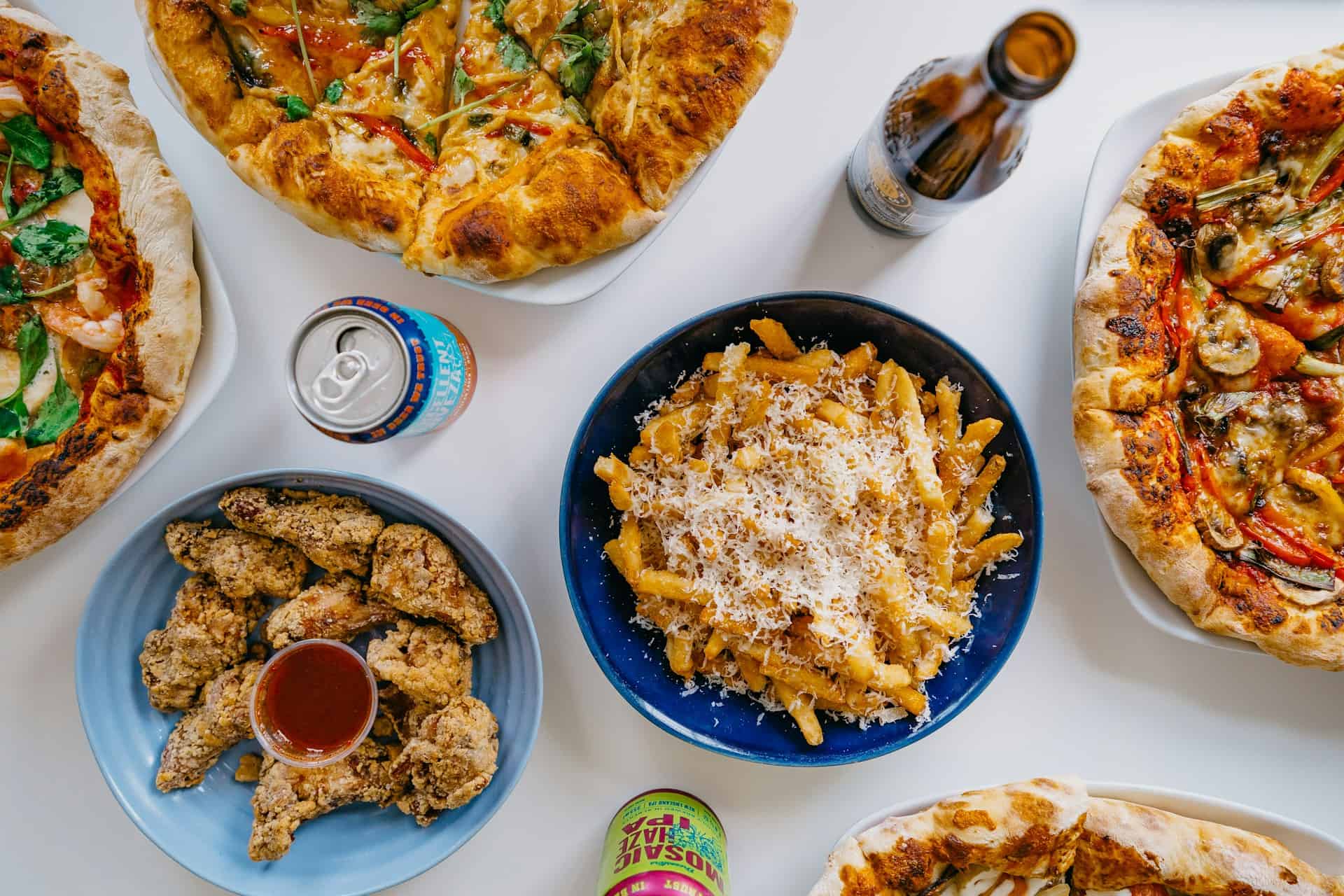
Question: Why Does Microwaved Food Taste Bad?
Answer: Microwaved food can taste bad because of uneven heating, which leads to a combination of mushy and dry textures. Rapid water loss also contributes to dryness and flavor loss.
The Mystery of the Microwaved Meal
Have you ever pulled a steaming plate from your microwave, only to find the flavours lacklustre? You’re not alone. Many people notice a difference between food cooked in a microwave versus food cooked conventionally. This begs the question: why does microwaved food taste bad?
Several factors contribute to this disappointing culinary experience. This article explores the science behind microwave cooking, illuminating why it sometimes falls short in the flavour department. We’ll examine how microwaves interact with food, discuss the impact on texture, and explain why certain foods fare better than others in this appliance.
Uneven Heating: A Recipe for Disaster
Microwaves cook food by exciting water molecules. These excited molecules vibrate, generating heat and this heat spreads through the food via conduction. However, microwaves don’t penetrate food evenly. This leads to hotspots and cold spots.
Hotspots overcook certain areas while other sections remain undercooked. This uneven heating affects the overall flavour profile and creates an unpleasant textural contrast. Imagine biting into a lasagna with scorching edges and a cold centre.
Click here for more information on kitchen cabinet refinishing Toronto
Related Article: What Is the Most Common Microwave Failure?
Related Article: Why Shouldn’t You Stand Next to a Microwave?
Textural Transformations: From Crunchy to Soggy
Texture plays a significant role in our enjoyment of food. Microwaves can drastically alter a food’s texture. Foods that should be crispy, like French fries, often become soggy in the microwave. This happens because the steam generated during cooking traps moisture within the food, resulting in a less desirable texture.
Certain foods, like rice, can benefit from microwave cooking. The controlled heating ensures even cooking, preventing the sticky, gummy texture that can sometimes result from stovetop cooking.
Rapid Cooking: Sacrificing Flavour for Speed
Microwave ovens prioritize speed. While convenient, this rapid cooking process doesn’t allow for the development of complex flavours. Many flavour compounds form through chemical reactions that require time and heat. These reactions, like the Maillard reaction responsible for the browning and flavour development in roasted meats, simply don’t occur effectively in a microwave.
Consider the difference between a steak seared in a pan and one microwaved. The seared steak develops a rich, savoury crust due to the Maillard reaction, while the microwaved steak remains pale and lacks the same depth of flavour.
Tips and Tricks for Optimizing Flavour
While microwaves have limitations, you can still use them effectively. Careful preparation and cooking techniques can significantly improve the taste of microwaved food.
Tips for Better Microwaving:
Covering Food:
Prevent moisture loss and ensure even heating by covering food with a microwave-safe lid or a damp paper towel.Stirring and Rotating:
Promote even cooking by stirring food midway through cooking and rotating the dish to address hotspot formation.Adding Flavour Boosters:
Enhance the taste of microwaved meals with herbs, spices, or a splash of lemon juice.Choosing the Right Foods:
Some foods, like vegetables and soups, are better suited for microwaving than others.
Conclusion: Why Does Microwaved Food Taste Bad?
We’ve looked at the science behind why microwaved food sometimes disappoints. Uneven heating, superheated steam, and rapid cooking can all negatively impact flavour and texture. By understanding these factors, we can make smarter choices when using our microwaves.
Remember that microwaves offer convenience but not always optimal flavour. By using appropriate techniques, you can improve the taste of microwaved meals. Covering food, stirring, and adding flavour boosters can make a significant difference. Ultimately, the key to a satisfying microwaved meal lies in understanding the limitations and strengths of this common kitchen appliance.
Consider this a starting point for improving your microwave cooking. Experiment with different techniques and discover what works best for you. Happy microwaving!

Blue Malue Get in touch with Blue here.
